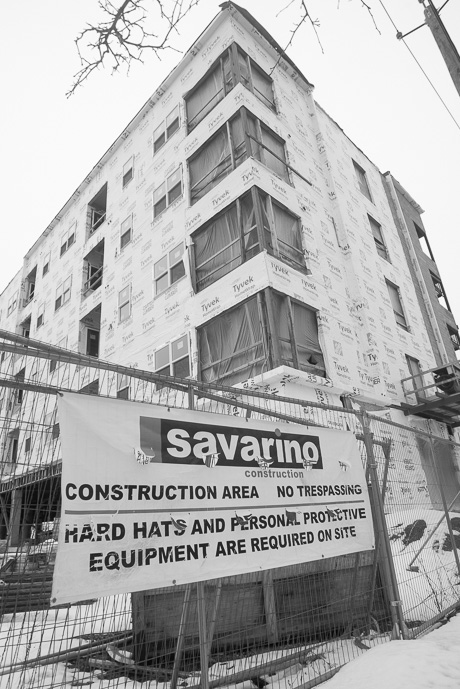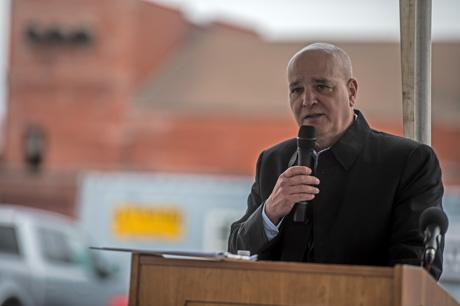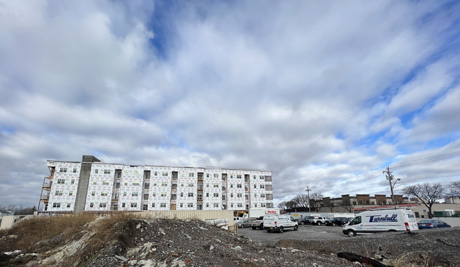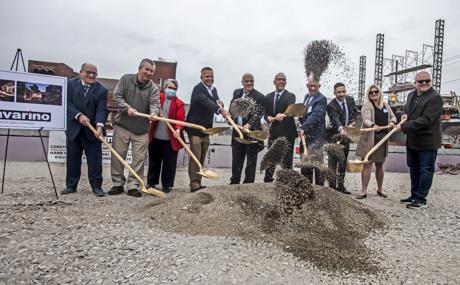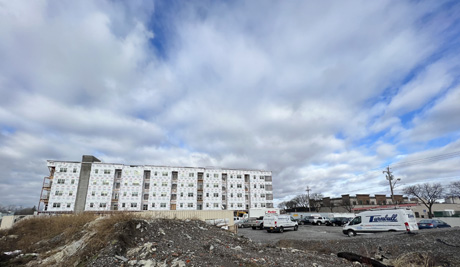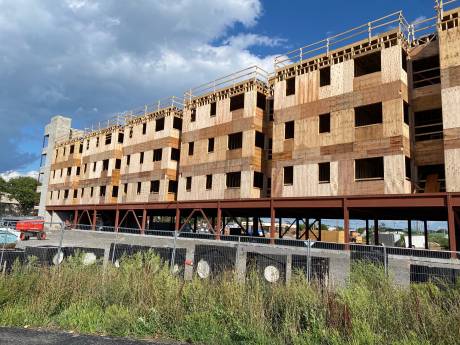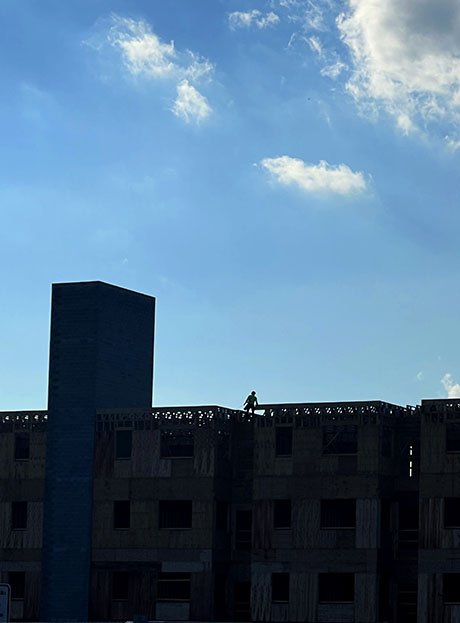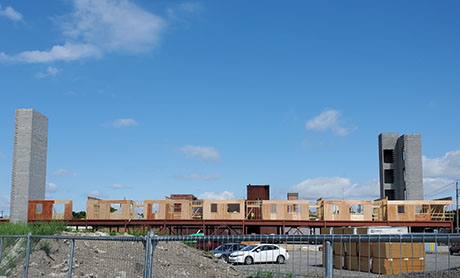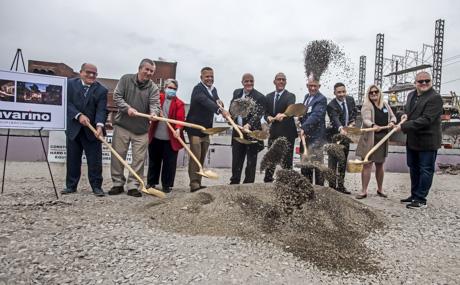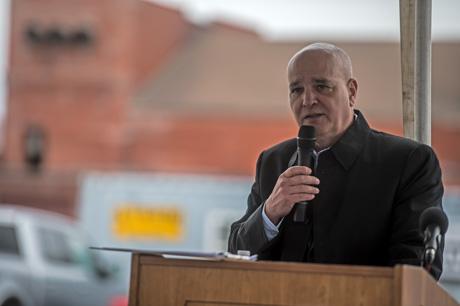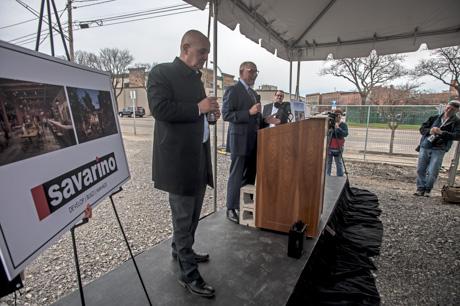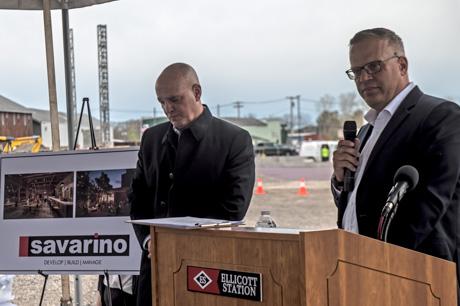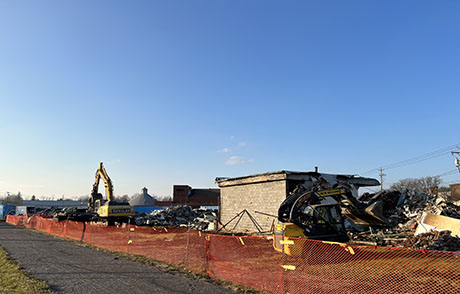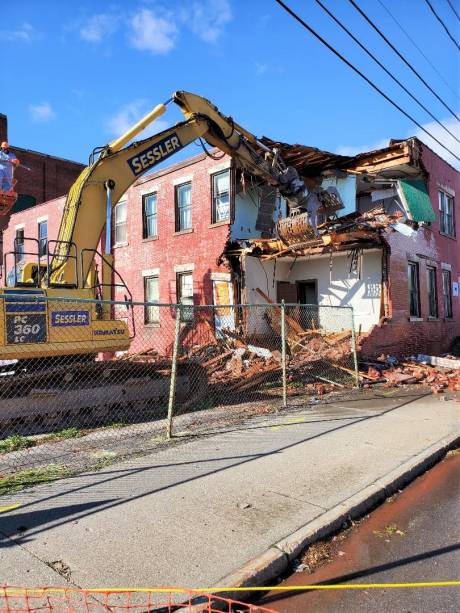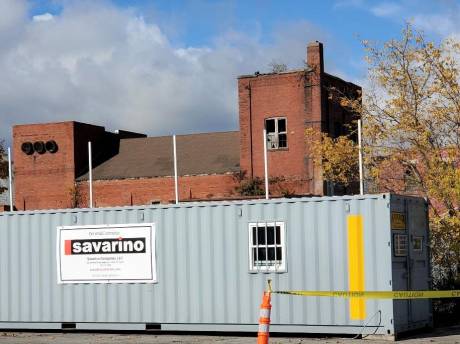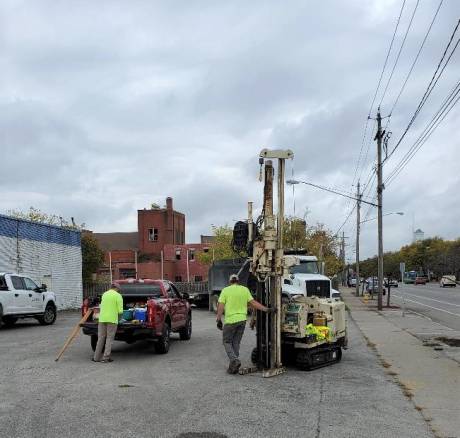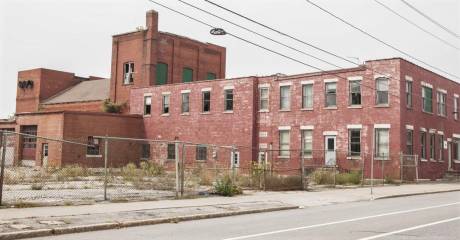One woman's dream comes true as first one chosen for Ellicott Station

Carla Laird can’t wait to move into her new apartment at Ellicott Station. She was the first name called during the lottery on May 2.
After having her own share of life’s struggles, all Laird wants to do is find a place that’s more affordable, safe and friendly.
“There’s a community room, so maybe I’ll get to know other people,” she said.
A resident of Batavia paying rent that’s nearly $1,000 a month, Laird felt blessed to be chosen for Ellicott Station. She drove to Buffalo and was one of only three people to show up for the drawing.
“I’ve been trying so hard for a very long time, and I’m still kinda in shock because people like me never get chosen first for anything, even in school, I never was chosen -- first out of 102 applications. I’ve been praying hard for this to happen, and finally, it did,” she said during an interview with The Batavian. “And on Monday night, I woke up at 3 a.m. from a dream or a sign that I was gonna get this apartment, and I drove all the way to Buffalo for the live lottery, and that’s when they called out number 49, and my name corresponded with it, and it was the very first number that was drawn.
“And I talked to a few of my Christian friends, and they all told me it was God answering my prayers for that apartment. So yea, I’m still in shock a little because, like I said, this doesn’t happen to someone like me. And I’m very happy.”
Laird has worked part-time jobs, as many hours as she could per disability law. She just received good news that she’s been hired as a cashier associate at a travel plaza on the Thruway, and found her letter of congratulations for the apartment in the mail on Saturday.
She needs to return an acceptance letter, and Savarino Companies will complete a background and employment check, she said. But she’s not worried about any of it, as she has a clean record and has been gainfully employed as much as possible.
Another great perk of her new home is that it accepts one small pet. Sophie, her white Shih Tzu, will be her moving-in companion.
“I chose these apartments because I’m on disability, and all my kids are grown, and I can’t afford the rent at my current place or anywhere else, because it’s very expensive. It will help me a lot because of me being on a fixed income, which is extremely low for this market we live in,” she said. “It will serve me better because it will make it more affordable for me to live in my own place, and it’s ADA accessible, and they won’t make me have to choose my small puppy over a place to live like most places do. They also won’t judge me on account of me being on disability. And it looks like it’ll be a very safe place to live.”
Her current living circumstances include a two-bedroom apartment, a shared garage and a single driveway with a neighbor who “tries to intimidate me.” She doesn’t feel very safe at present and looks forward to this new adventure. Her new rent will be $569, which will allow her to accrue some savings, she said.
Laird will turn 50 at the end of this year, and getting a new apartment is the perfect birthday present, she said.
“So it’s gonna be a big and new experience for me for sure,” she said. “But with the support I have from my friends and family, I should be all right.”
Laird has read news articles about Ellicott Station, and related online comments, and can’t help but feel that some people are “degrading” her when they talk about the housing complex and issues surrounding it. There has been a lot of chatter about the new housing complex being built at 50 Ellicott St., Batavia, but most of it has had to do with unfulfilled promises of the developer, Savarino Companies.
Ellicott Station was originally discussed as market-rate housing, which evaporated quickly into workforce housing as being more viable for this area’s needs and economy.
City officials were on board with that, but when the final plan was unrolled, and applications opened for submissions, the complex was for very low to low-income tenants, which came as a surprise to city officials, they said.
Council President Eugene Jankowski Jr. was one of the first to publicly express he was angry and disappointed with that news, not about the tenants moving in, but that developer Sam Savarino didn’t fulfill his end of the perceived promise, he said.
All eight council members sent a letter to state Homes and Community Renewal officials, which funded a portion of the project, asking them to increase the area's median income level. It was at 50 to 60 percent of the area median income (AMI).
“The city of Batavia is requesting that HCR work with us to present a better mix of incomes on the property with apartments that rent for 80 percent and 120 percent AMI,” the letter stated. “We feel that this will encapsulate the workforce housing that we were promised, better align with the city’s vision of the DRI strategy, and still provide affordable housing for residents.”
City Manager Rachael Tabelski has previously described the project as being “a moving target over the last several years.”
“As the developer made various and multiple overtures to funding entities with regard to making the project financially viable. In 2019, the City supported the project’s housing component as being mixed-income that would provide housing for residents that were employed in local manufacturing in an application submitted to New York State Homes and Community Renewal from the developer,” Tabelski had said. “Furthermore, in 2020, it was confirmed that people living at Ellicott Station must be employed and not receiving government assistance."
That mixed-use component has yet to materialize, as a Buffalo brewery ended up pulling out of the deal, and though there was plenty of talk about a restaurant, none have committed, Savarino said during a prior interview.
Rentals have been promoted as being available in May on the complex sign, and by the summer to fall 2023 during interviews. Laird said that she was told it wouldn’t be until sometime between December to February 2024 before she could move in.
Photo of Carla Laird of Batavia, the first person to be selected in a lottery for Ellicott Station, with her dog Sophie, in front of the housing complex on Ellicott Street in Batavia. Photo by Joanne Beck.



